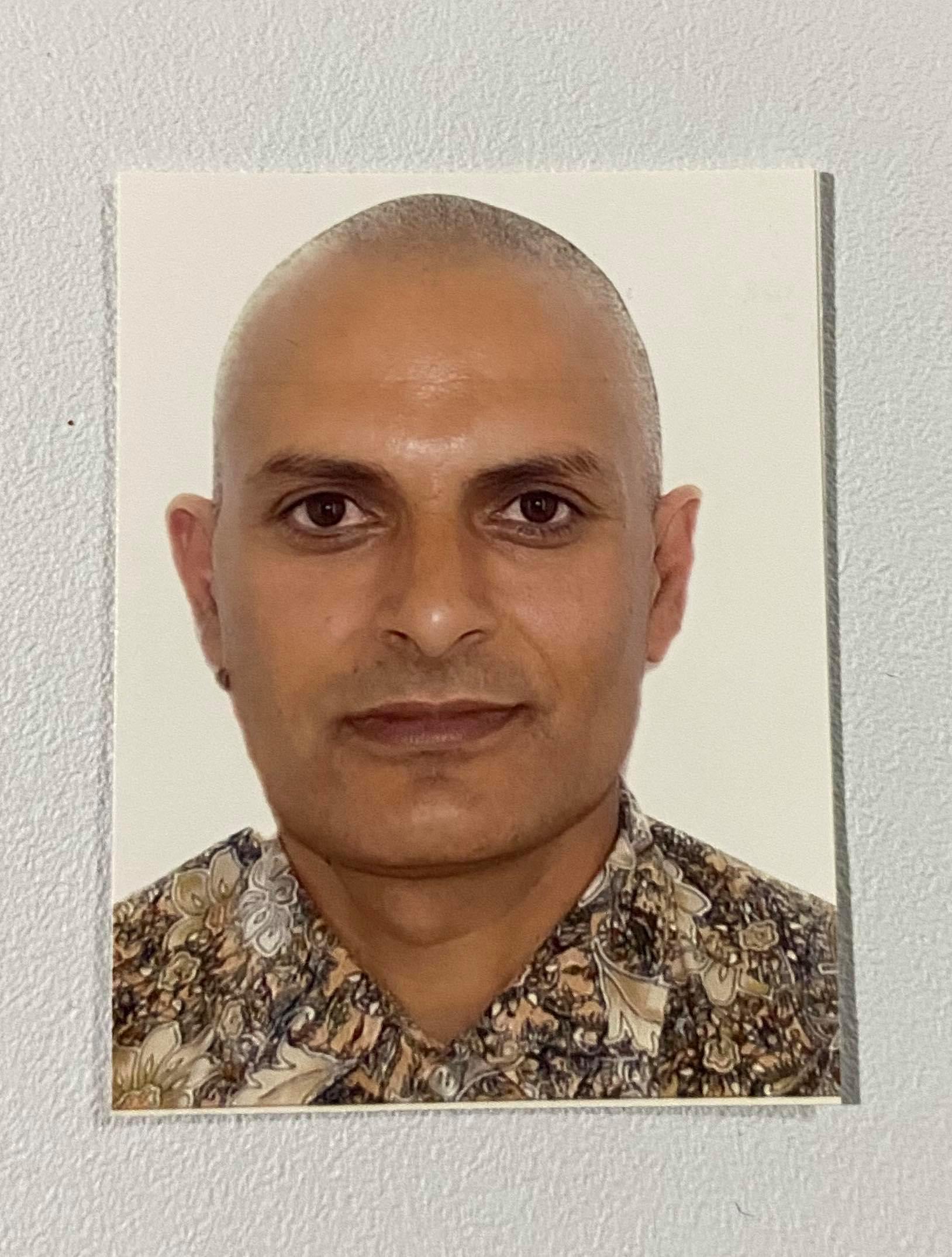Cigarettes account for the largest share of manufactured tobacco products around the world. The invention of the cigarette-rolling machine by James Bonsack in 1881 accelerated the tobacco pandemic by mass-producing pocket-sized packets of cigarettes. Cigarette smoking is
the most standard form of tobacco use. All forms of tobacco use are addictive and lethal.
Globally, 1.3 billion people smoke. Can you believe each year, tobacco kills more than 8 million people? Among them, approximately 7 million die from the direct use of tobacco, and the rest, around 1.2 million innocent people who never touch tobacco, die from secondhand smoking.
Secondhand smoking, which is also called passive or environmental smoking, is what you inhale unknowingly when you are near the sources of tobacco smoke. Secondhand smoker breathes “sidestream” smoke from the burning tip of the cigarette and “mainstream” smoke that
has been exhaled by the smoker.
Secondhand smoking causes a variety of adverse health problems in non-smokers. Non-smokers who are exposed to secondhand smoke have an increased lung cancer risk between 20-30% and a 25% increased risk of heart disease. Adults may suffer from stroke, Chronic obstructive pulmonary disease (COPD), asthma, clogs, weakening of the arteries, heart disease, and many more.
During pregnancy, its consequences are low birth weight, preterm delivery, abortion, or other birth-related complications. During childhood, it may cause chronic respiratory infections, decreased lung function, harmful effects on hemoglobin, effects on coronary arteries, cot death, or sudden infant death syndrome. While talking about children’s exposure to secondhand smoke, almost half of the world’s children are exposed to tobacco
smoke, most of which are in the home environment whose parents are smokers.
Everyone should have a fair and just opportunity to breathe smoke-free air and be as healthy as possible. However, avoiding exposure to secondhand smoke is a challenging task. In society, everybody must create a smoke-free environment. As an individual, a person can quit smoking. That is only the way to reduce health hazards and save the lives of near and dears.
There are many quit-help available. Use them as needed. The community needs to make quit-support available if the individual requires it; courage and support are the most significant. Lastly, from the government’s side, making comprehensive policies and laws in all workplaces and public places – no exception – and adopting smoke-free rules for homes and vehicles are the only way to protect persons from secondhand smoking fully. This policy can assist smokers in quitting, saving a considerable budget in the healthcare sector as it reduces the risks of both active and passive smokers.
Also, tax increments and advertisement banning have a positive association with minimizing secondhand smoking risks. Therefore, exposure to secondhand smoke can be successfully reduced if individuals, the community, and the government work collaboratively, which saves many innocent lives.

Mr. Dahal is a public health researcher and service professional in Canada.

